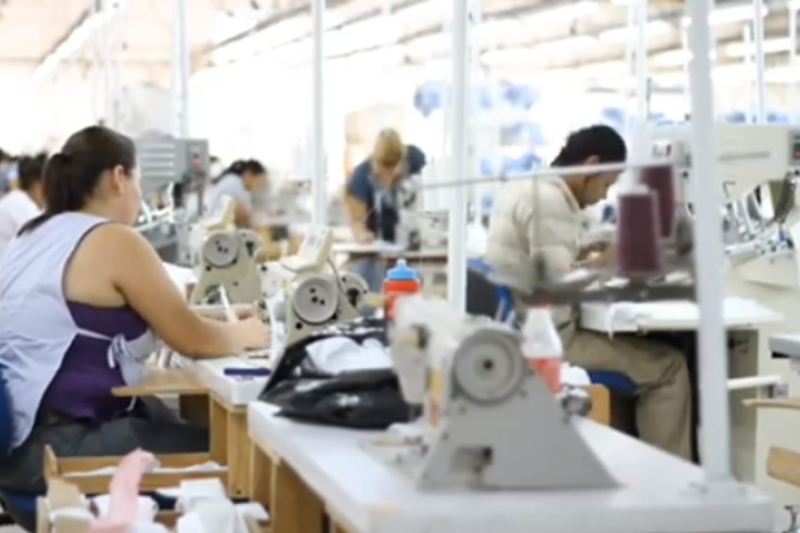47% of Employees with Low Wages
The International Labor Organization (ILO) defines vulnerable employment as employees who work illegally, in inadequate working conditions, and with low wages.
The European Training Fund (ETF) estimates in its latest data that around 47% of employees in Albania were in vulnerable jobs in 2023, suffering from one of the severe forms (lack of insurance, low wages), etc.
Vulnerable workers are usually those who work unpaid in the family business or are self-employed whose salary depends directly on the income generated.
Albania has a high rate of vulnerable employment, as local methodologies consider agricultural workers employed for self-consumption. The ETF estimates that informality was estimated at 37% of the economy in 2021.
While there have been efforts to combat informality, by increasing wages and employment, according to the ETF, undeclared work remains a significant obstacle in the Albanian labor market. An ILO study in 2020 revealed a high level of informal employment, at 56.7% of total employment.
The incidence of vulnerable people in employment has increased in Albania from 48.2% in 2021 to 49% in 2022 but has fallen to 46.8% in 2023, according to the ETF.
Despite recent trends, vulnerable employment remains a major concern, as half of the employed population works in insecure jobs and outside the insurance system.
The ETF notes that the increase in the number of employees has not been accompanied by an increase in the number of social security contributors. This points to a further expansion of informal employment, also noted by the European Commission.
Although employment trends in Albania are positive, the labor market faces major challenges.
These include the lack of high-quality jobs, high youth unemployment, high rates of idleness, etc. According to ETF analysis, these difficulties strain citizens' mutual support systems and put social welfare systems under pressure.
Due to the high level of vulnerable employment, Albania has a large percentage of the population at risk of poverty, around 43% in 2023.
While Albania's economy is growing above the decade's average, the distribution of growth is becoming unfair, as the country still has more than a quarter of the population in poverty according to the World Bank standard (Dollar 6.7 per day per capita).













